All things considered, my internship has been a really educational experience. My design talents were put to use on these projects, and I was able to develop professionally from the comments I received from my superiors. One of my greatest accomplishments has been incorporating comments and creating excellent designs that are consistent with the organization’s beliefs. I have no doubt that the knowledge and abilities I’ve received from this internship will be extremely helpful to me in my future design career.I tried a variety of methods, such as geometric patterns, strong rectangular strokes, and straightforward architectural shapes. My team’s collaborative feedback sessions were really helpful in helping me improve my job and pick up tips from my colleagues.
Last Week of internship!
Our last Zoom meeting to present our report cover designs was held during the week I spent as an intern at Brooklyn College. Every one of the five designers showcased several iterations. Several designs received praise from our team leader, who said they were ready and had received no negative feedback. I think the outstanding cover that one of my co-designers made was both straightforward and impactful.
I was assigned the task of changing the cover to make it more impactful and sticking to the blue colors of the original design and covering more of the white space.
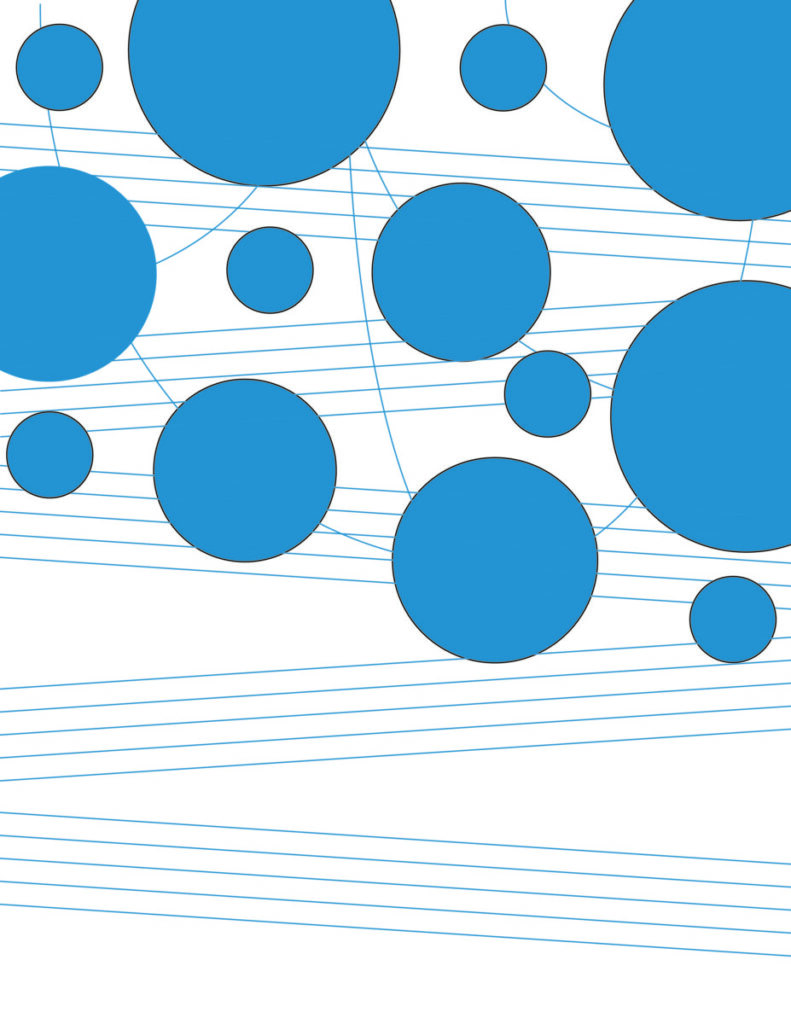
Designing a new cover report
I worked hard this week to refine the client’s chosen logo. I started working on the report cover designs at the same time. I made several variations of every design using various colors. I exported the files and submitted them to our internship’s Google Drive folder after completing all of these activities. This week has been fruitful and satisfying in terms of creativity.
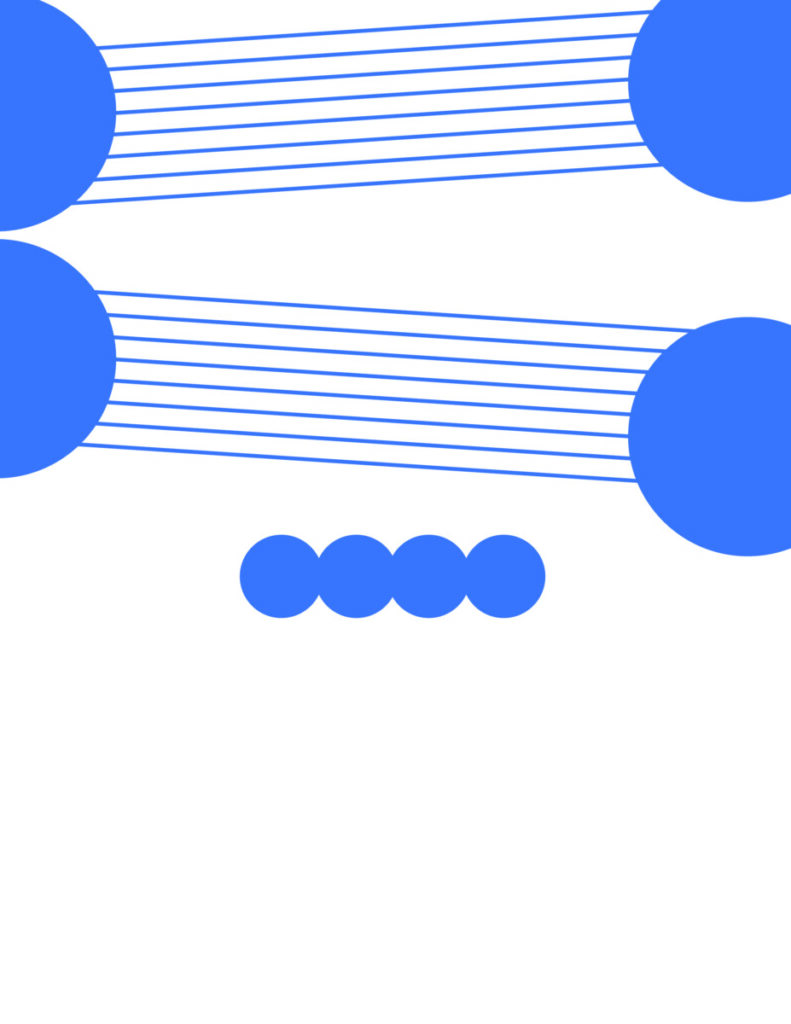
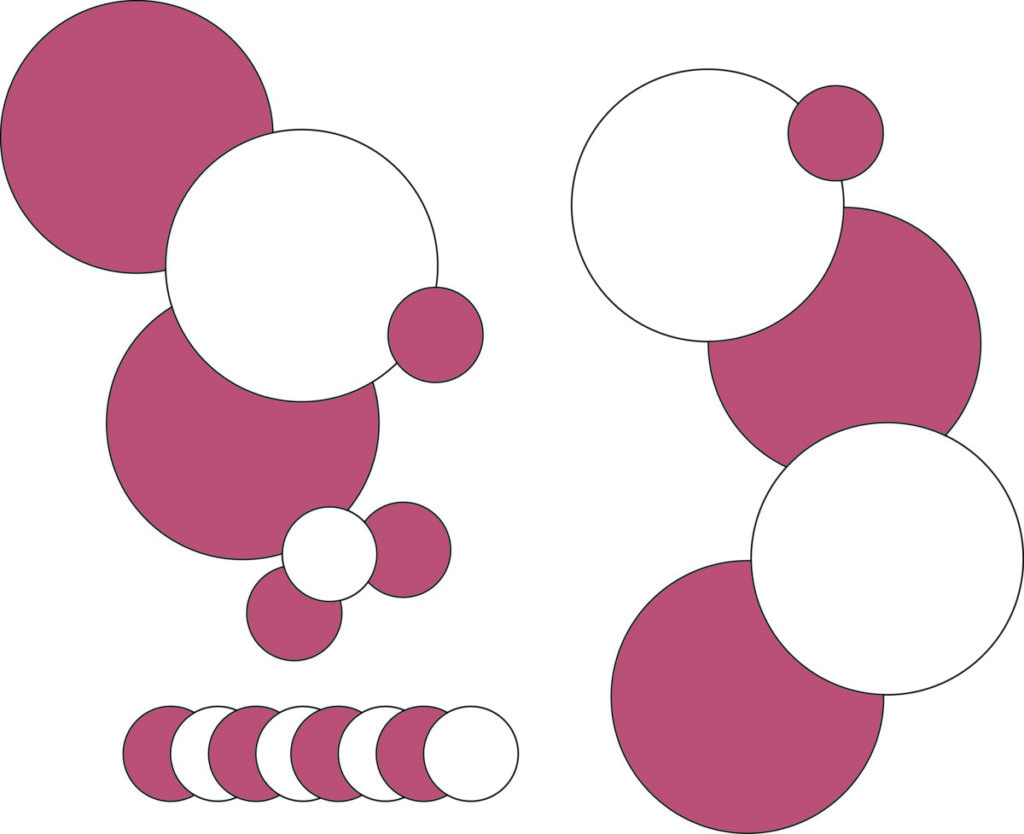
Team brainstorming & new task
After our meeting on this week, the team had all received feedback on all the new concepts and designs we had come up with. Towards the end of the meeting we were all assigned a new task to design a cover report. The team had stayed in the zoom call without the leader so we can all discuss new ideas and share thoughts on what we could change or do better.
We talked about our work and exchanged suggestions for approximately thirty minutes. This brainstorming session was quite helpful. It gave us access to various viewpoints and methods, which improved our designs. I had never had a detailed conversation about logos and design concepts with other designers in a professional situation, so I found it to be really interesting. In addition to enhancing each of our unique concepts, the discussion and criticism encouraged collaboration and group innovation. Our team leader also gave us a task to work on one new idea for the following meeting in order to promote ongoing innovation and development.

Ethics 2B
In reference to the “HOPE Poster” issue, I do think Shepard Fairey acted improperly when he altered a document that was the property of another group. According to an article in the New York Times, Fairey faced accusations of violating The Associated Press’s copyright by copying their photo of Obama for his own “HOPE” poster. This was accurate because he didn’t get permission to use the photo or buy a license. He also made minor adjustments to it in order to create his poster.The changes Fairey made to the original photo are described in detail in the article “Case Study on Fair Use and Fair Dealing: The Hope Poster Litigation.” These adjustments included rotating the picture by five degrees clockwise, extending Obama’s torso, and redrawing or stylizing other features such as Obama’s ears, nose, eyes, and hairline.
It is your job as an artist to use other people’s photos as references. The photographer is owed an offer to buy a license or a contract allowing you to use their image in your own creations. It makes sense that Fairey was placed on probation as a result of his extremely careless actions. His story shows how using someone else’s image for your own work and making money off of it may result in severe penalties and repercussions.
Throughout my internship at Brooklyn College, I have kept these moral issues in mind. I make sure that all external pictures and materials utilized in my projects—including logo designs and other graphic elements—are appropriately credited or licensed. This method preserves the integrity and professionalism required in the design industry while also paying respect to the original inventors. By following these moral standards, I hope to stay away from the mistakes that Fairey made and continue to have a good reputation as a designer.
Citation(s)
- “Appropriating ‘Hope’.” Ethics Unwrapped, McCombs School of Business, The University of Texas at Austin, https://ethicsunwrapped.utexas.edu/case-study/appropriating-hope. Accessed 29 June 2024.
- “Guide to Copyright” AIGA. (2001). PDF. New York City; Richard Grefé, AIGA.
- “A Client’s Guide to Design: How to Get the Most Out of the Process” AIGA. (2001). PDF. New York City; Richard Grefé, AIGA.
- “Use of Photography” AIGA. (2001). PDF. New York City; Richard Grefé, AIGA.
- “Summary.” Ethics of Design, WordPress, 29 June 2024, https://ethicsofdesign.wordpress.com/summary/.
- “Code of Ethics.” Australian Graphic Design Association, AGDA, https://agda.com.au/member/code-of-ethics.
Ethics 1B
I have not yet been required to sign a confidentiality or non-disclosure agreement with Brooklyn College in exchange for this internship. I have only needed to sign one form—a non-paid internship agreement—for paperwork. This form included my personal data, my team leader’s details, the name of the organization, the tasks I would be performing during the internship, and a list of terms that applied to the organization as well as to myself. As a designer, I will make sure to adhere to all rules established by my superiors at the company and produce work that favorably represents it.
Citation(s)
- “Guide to Copyright” AIGA. (2001). PDF. New York City; Richard Grefé, AIGA.
- “A Client’s Guide to Design: How to Get the Most Out of the Process” AIGA. (2001). PDF. New York City; Richard Grefé, AIGA.
- “Use of Photography” AIGA. (2001). PDF. New York City; Richard Grefé, AIGA.
- “Summary.” Ethics of Design, WordPress, 29 June 2024, https://ethicsofdesign.wordpress.com/summary/.
Refining Initial Logo
In the second week of the internship the team had met again over a zoom meeting, going over the different logo designs we had all come up with. My team leader liked the design I had come up with and provided feedback that to make it more compact and simple. So after the meeting I still wanted to incorporate the wings in my initial design, and thought of making a pedestal kind of design. My concept was to make the logo look like a goal or achievement for people to reach for and go for it. And the second concept I had come up with was to make a more symmetrical ball kind of shape, more compact.

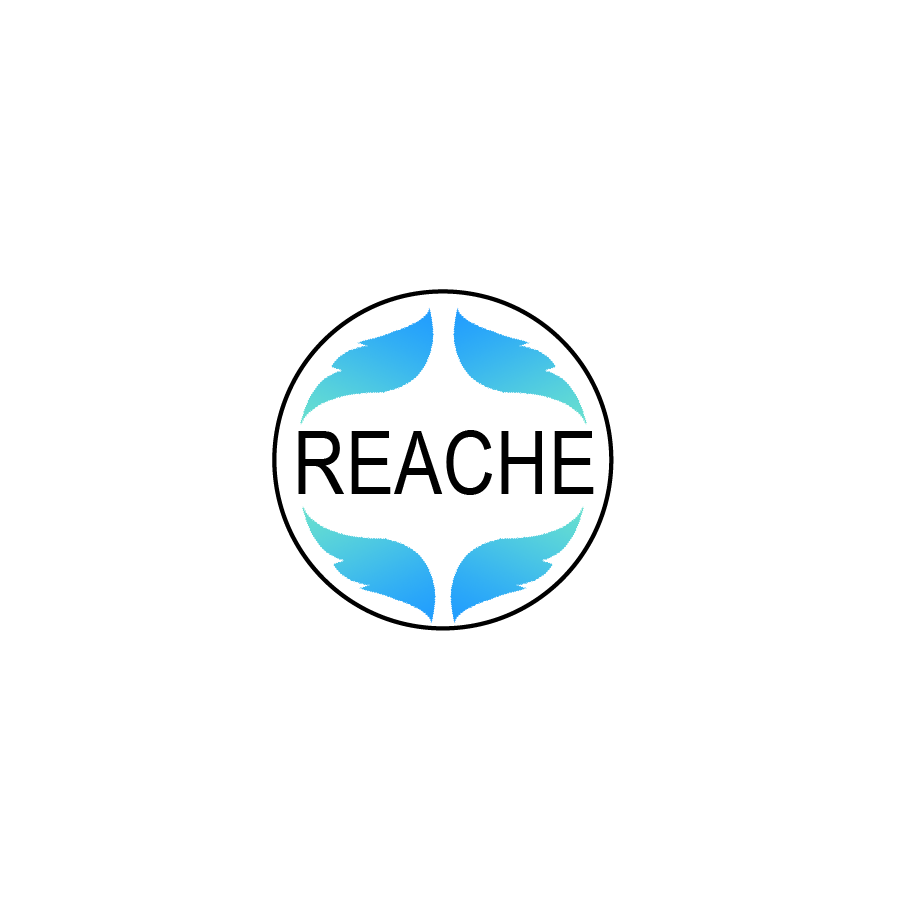
First Intern Week
It was during my first week of internship that I got to know my colleagues designers. There are five of us in our squad, including me. In our first meeting, our team leader gave us an overview of our first project. The project entails designing a logo for the educational program REACHE, which supports activities in higher education related to diversity, equity, and inclusion.
Our lead had given us an older version of the brand logo to take inspiration from and try to design a new version. We had all shared a google drive folder where we put all of our new designs into and went over each one.
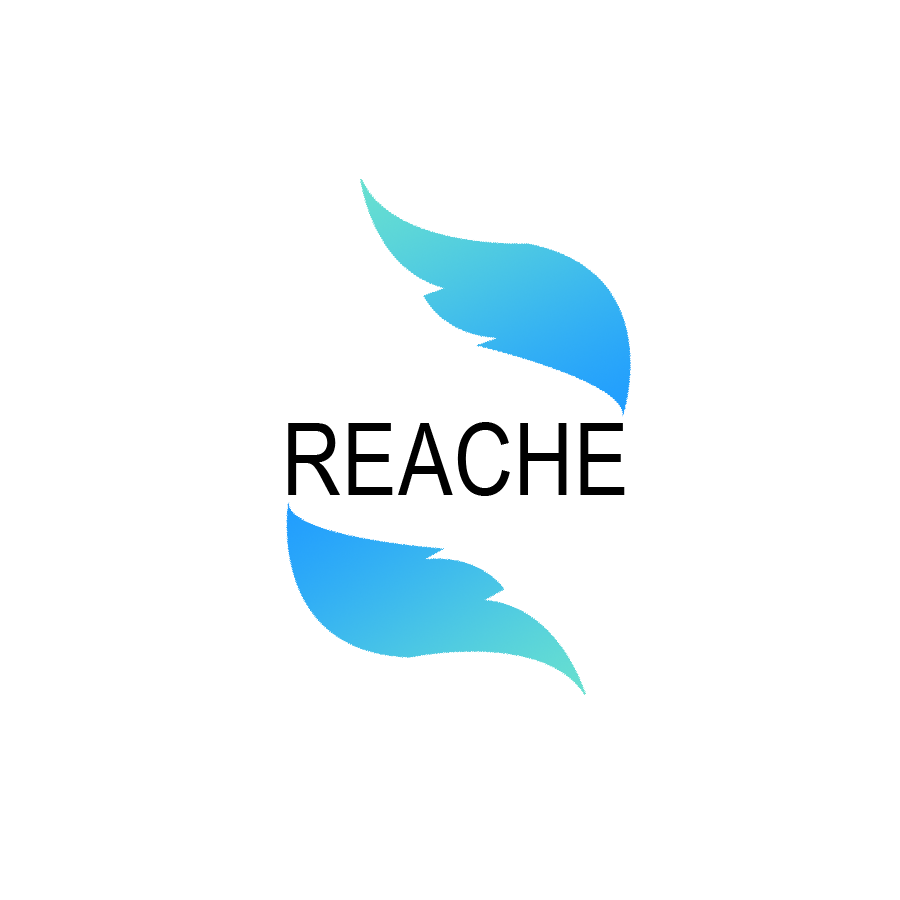
Responsibilities & Role
My main duties as a graphic design intern at Brooklyn College are to create different design works, with a particular emphasis on logos and poster layouts. Together with the team, I create designs that are visually appealing, harmonious, and compliant with the college’s brand standards. My job entails ideation, sketching preliminary concepts, and iteratively improving designs in response to feedback. We communicate with each other as a team using Zoom once a week, sharing our work and starting a conversation about what is and is not working. In addition, I make sure that every design project satisfies the high standards of quality and consistency set by the college and successfully conveys the intended message. My abilities in brand identity and visual communication are improving as a result of this experience.
About the Organization

Located in the center of Brooklyn, Brooklyn College is a member of the City University of New York (CUNY) system. It was established in 1930 and provides a large selection of graduate and undergraduate programs. The college is well-known for its stunning campus, multicultural student body, and liberal arts and sciences curriculum. It offers a nurturing atmosphere that promotes both artistic expression and academic achievement. I’ve gained invaluable practical knowledge and exposure to professional design processes from my graphic design internship here.


